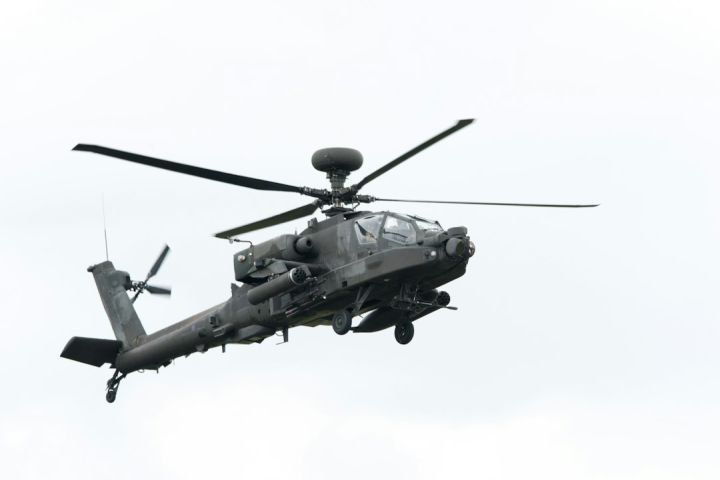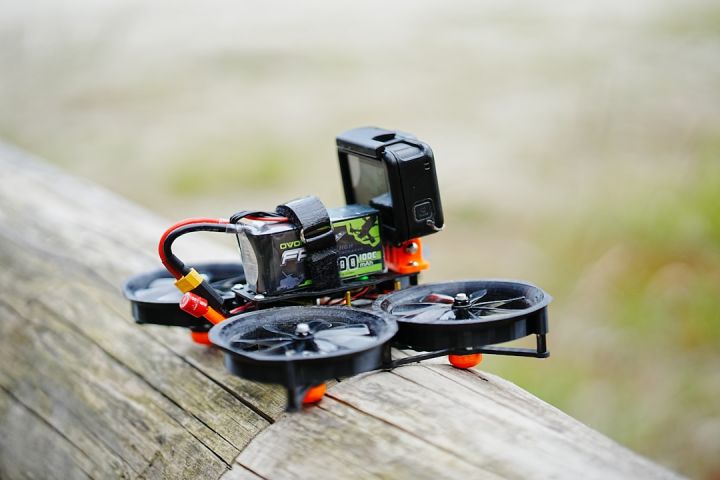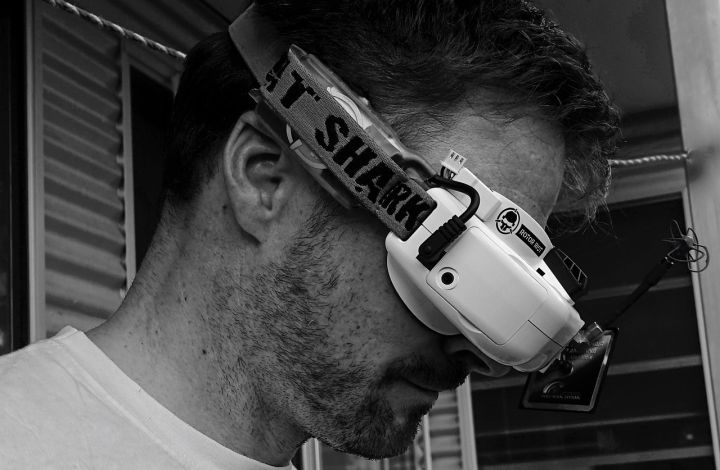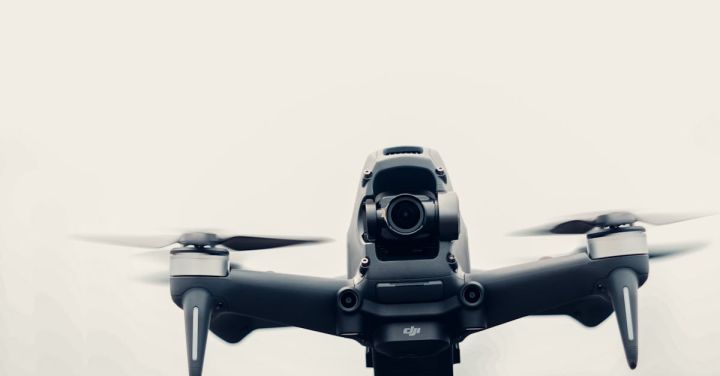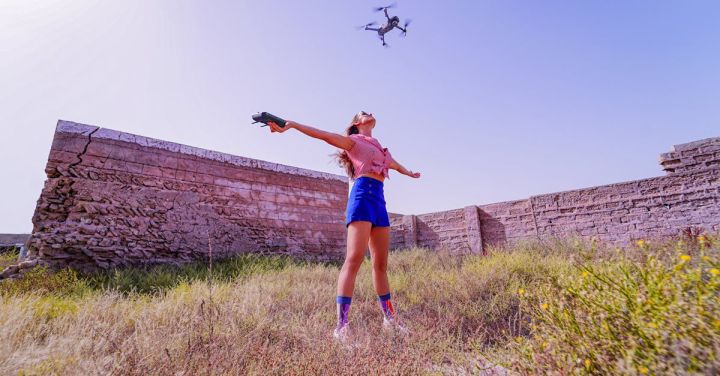What Safety Gear Do You Need for Helicopter Flying?
Helicopter flying is an exhilarating experience that allows you to see breathtaking views from the sky. However, it’s important to prioritize safety when taking to the skies. Whether you’re a seasoned pilot or a first-time flyer, having the right safety gear is crucial. In this article, we’ll explore the essential safety gear you need for helicopter flying.
1. Helmet
A helmet is one of the most important pieces of safety gear for helicopter flying. It protects your head from potential injuries in the event of a crash or turbulence. Look for a helmet that is specifically designed for aviation use, with features such as impact resistance and a comfortable fit. Make sure to choose a helmet that meets the safety standards set by aviation authorities.
2. Flight Suit
A flight suit is another essential safety gear for helicopter flying. It not only provides protection from fire and extreme temperatures but also offers enhanced visibility. Flight suits are usually made from flame-resistant materials and have reflective strips to make you more visible in case of an emergency. Additionally, flight suits often have multiple pockets to store small tools or equipment, making them practical for pilots.
3. Life Vest
When flying over bodies of water, a life vest is a must-have safety gear. In the unfortunate event of a crash or emergency landing in water, a life vest can keep you afloat and increase your chances of survival. Look for a life vest that is specifically designed for aviation use, with features such as automatic inflation upon contact with water and a built-in emergency whistle for signaling for help.
4. Emergency Locator Transmitter (ELT)
An Emergency Locator Transmitter (ELT) is a crucial safety device for helicopter flying. In the event of a crash or emergency landing, an ELT automatically broadcasts a distress signal that can help rescuers locate the downed aircraft. It is essential to have a properly functioning ELT that is registered and meets the regulatory requirements. Regular checks and maintenance of the ELT are also important to ensure its reliability.
5. First Aid Kit
Having a well-stocked first aid kit on board is essential for any helicopter flight. It allows you to provide immediate medical assistance in case of injuries or emergencies during the flight. The first aid kit should include items such as bandages, antiseptic ointment, pain relievers, and any necessary medications. Make sure to regularly check and replenish the supplies in your first aid kit to ensure its effectiveness.
6. Fire Extinguisher
Fires on board helicopters can be catastrophic, so having a fire extinguisher is crucial for safety. Look for a fire extinguisher that is specifically designed for aviation use and is suitable for extinguishing various types of fires. Make sure to familiarize yourself with its operation and keep it easily accessible in the cockpit.
In conclusion,
When it comes to helicopter flying, safety should always be the top priority. Investing in the right safety gear can significantly increase your chances of surviving an emergency situation. From helmets and flight suits to life vests and emergency locator transmitters, each piece of safety gear plays a vital role in ensuring a safe and enjoyable flight. Regular checks, maintenance, and proper training on the use of safety gear are equally important to maximize their effectiveness. So, before your next helicopter flight, make sure to equip yourself with the necessary safety gear and fly with peace of mind.

